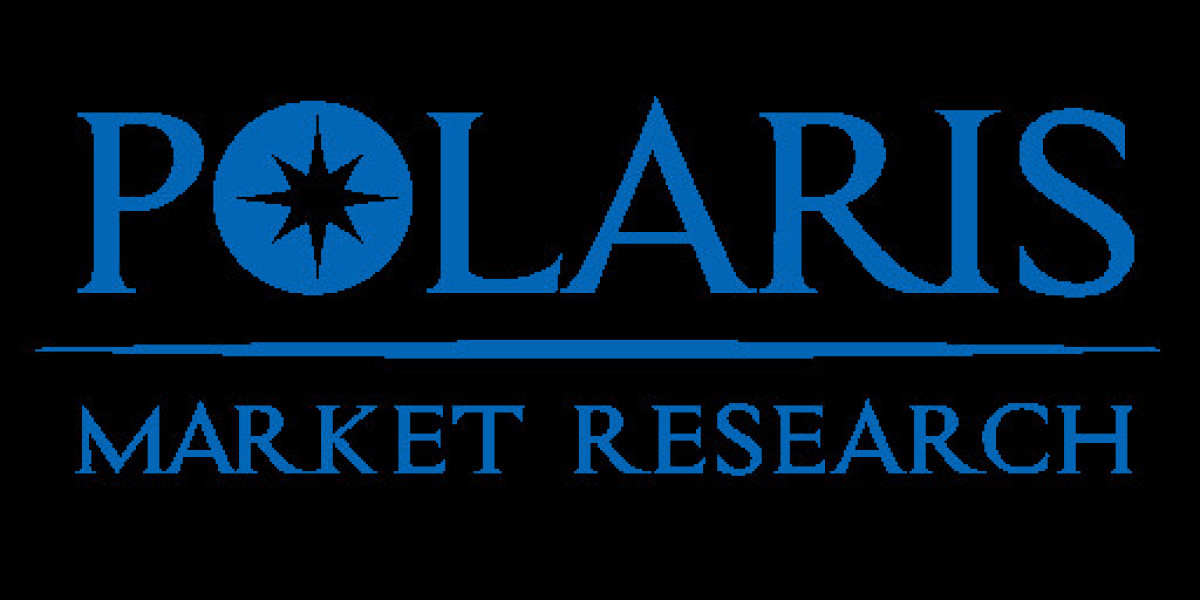The global combined heat and power (CHP) market is entering a new era of expansion, supported by both policy momentum and technological upgrades across multiple regions. Valued at USD 29.91 billion in 2024, the market is projected to advance at a CAGR of 5.6% from 2025 to 2034. This steady growth trajectory underscores CHP’s role as a cornerstone of sustainable power generation, particularly as governments, utilities, and industries seek efficient energy conversion technologies that deliver both environmental and economic advantages. With growing emphasis on reducing carbon intensity in energy systems, CHP installations have become central to the decarbonization strategies of North America, Europe, and Asia Pacific, regions that together account for the majority of global deployment.
In North America, the U.S. Department of Energy (DOE) has accelerated support for CHP deployment in industrial and institutional sectors, citing its potential to lower grid stress and enhance resilience against outages. Programs such as the DOE’s Combined Heat and Power Technical Assistance Partnerships have played a role in identifying application potential across universities, hospitals, and manufacturing hubs, creating consistent demand for small- to medium-scale systems. Europe remains a global leader, bolstered by the European Union’s energy efficiency directives and country-specific decarbonization roadmaps. Nations such as Germany and the Netherlands have emphasized CHP within district heating frameworks, leveraging cross-border supply chains for equipment sourcing and system integration. Meanwhile, Asia Pacific is quickly emerging as a growth hub, with China and Japan leading adoption in chemical, petrochemical, and commercial sectors. Regional manufacturing trends, particularly in China, have positioned Asia as a cost-competitive supplier of CHP systems, reinforcing its export footprint in emerging economies.
Drivers of market expansion are grounded in the dual imperative of energy efficiency and emissions reduction. CHP systems achieve efficiency levels exceeding 80%, a stark improvement compared to conventional power generation methods. This efficiency gain translates directly into reduced fuel consumption and operating costs, creating compelling value propositions for industries facing volatile energy prices. Additionally, growing policy emphasis on energy transition and climate resilience is accelerating uptake. Europe’s Green Deal and the Inflation Reduction Act in the U.S. offer financial incentives and carbon reduction targets that favor CHP investments. On the technological front, integration of CHP with renewable energy and microgrid frameworks is gaining traction, reflecting a broader trend toward hybridized, resilient energy systems.
Read More @ https://www.polarismarketresearch.com/industry-analysis/combined-heat-power-market
Despite robust drivers, restraints are visible in regulatory complexities and capital cost barriers. High upfront investments, particularly for large-scale CHP plants, remain a hurdle for smaller enterprises. In North America, fragmented state-level policies result in uneven adoption, with states like California and New York offering stronger incentives compared to others. In Europe, while supportive regulations exist, retrofitting legacy infrastructure for CHP integration can be costly. Trade-specific challenges, including tariffs on imported equipment and disruptions to cross-border supply chains, also weigh on adoption. Moreover, growing scrutiny of natural gas reliance in some markets poses reputational risks for CHP projects, pushing stakeholders to consider integration with low-carbon fuels such as hydrogen and biogas.
Opportunities lie in the ongoing diversification of fuel sources and integration of CHP into district heating and cooling networks. Asia Pacific, with its urbanizing populations, represents a fertile ground for district-level CHP projects, especially in China and South Korea where municipal energy planning is prioritized. In North America, opportunities are expanding in the context of grid modernization and resilience, with utilities exploring CHP as a distributed generation asset capable of stabilizing local grids. Europe’s decarbonization push, particularly through hydrogen-ready CHP systems, further opens new growth avenues. This technological evolution not only future-proofs investments but also enhances market penetration strategies for global vendors seeking to expand in regulated markets.
Trends shaping the CHP landscape include digitalization of system controls, adoption of modular CHP units, and a growing pivot toward renewable-compatible systems. Digital monitoring platforms enhance system performance, optimize fuel usage, and improve predictive maintenance, aligning with the broader trend of industrial digitalization. Modular CHP units, particularly in the 1–20 MW range, are seeing rising demand among commercial and institutional end-users seeking flexible, application-specific growth options. Another prominent trend is the integration of CHP within hybrid microgrids, enabling combined value chain optimization for energy producers, distributors, and consumers. This convergence strengthens the resilience of local grids while enhancing segment-wise performance across different user categories.
The competitive landscape is marked by a concentration of multinational energy technology companies with established regional bases. These players leverage scale, advanced R&D capabilities, and strong policy engagement to maintain their market share. Key players include:
- Siemens AG
- General Electric Company
- Caterpillar Inc.
- Mitsubishi Heavy Industries Ltd.
- Wärtsilä Corporation
More Trending Latest Reports By Polaris Market Research:
Increasing Demand for Connected Devices to Drive Growth








